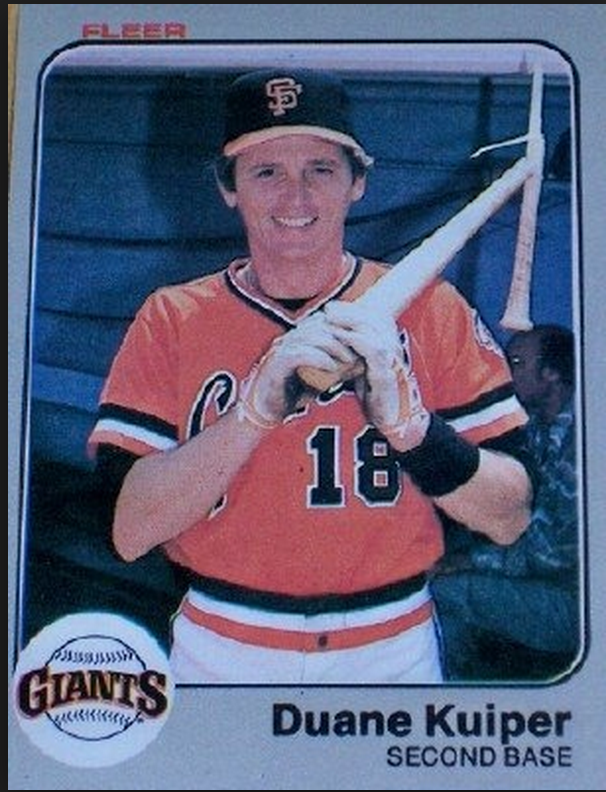Baseball has a way of inspiring a sense of nostalgia and bringing me back to the carefree days of my childhood. As this year’s exciting World Series concludes this week, I’ve found myself reminiscing about the last time the Royals were in the World Series in 1985 and many fond memories as a passionate baseball fan and card collector during those formative years. Every dollar I earned through chores or part-time jobs throughout the 1980’s went into purchasing these beautiful pieces of cardboard depicting my childhood heroes. Collecting cards was not only great fun and a memorable bonding experience with my dad & brother, but also a horrible investment. (Thanks dad for recommending we buy another $15 box of ’87 Topps over 1 share of Apple, now worth only a split adjusted $1,500).


But I digress. Since the sports card industry crashed in the early 1990’s (industry sales peaked at $1.5 billion in 1991 and currently sit at $200 million according to Sports Collectors’ Digest), I hadn’t thought much about my worthless card collection until recently.
I’ve been consulting to a few start-up entertainment and technology companies and one of them is a niche social network analogous to ‘The LinkedIn for Creatives.’ Naturally, one of our key features is a rich-media user profile that would allow creatives to beautifully showcase themselves, their projects & their collaborators in a highly visual & personal way. As we asked dozens of cinematographers, set designers and video editors what they wanted their profiles to look like, our collective attention immediately turned to baseball cards.

Since the earliest ‘tobacco cards’ were introduced in 1875, sports cards have served as an enduring reference point for what is now an online user profile across the web & mobile experience. Baseball cards have consistently featured a beautiful ‘hero shot’ on the front, along with essential data – name, team and position.
If you turn the card over, you find greater detail including detailed stats, player demographics and even a personal fun fact. Did you know that Moneyball inspiration & legendary A’s GM Billy Beane’s sister Chris led the USD Don’s to a Division III Volleyball Championship?
As our product & design teams began to explore references to base our user profile, we were drawn to the elegant simplicity of 1983 Topps (see below.)

We proceeded through various design iterations and built clickable prototypes to model user behavior using this design template. As a team, we went a step further with the baseball card analogy, and spent considerable time thinking through the optimal way to replicate the physical gesture of flipping the card over to enhance the mobile & tablet experience. We now experience this type of swiping gesture every day as we use apps such as Evernote & Tinder. As we explored the modern visual web, we continued to find countless examples of design moving closer & closer to the design aesthetic that baseball cards paved the way for over a century ago.
Latest Facebook & LinkedIn Profiles


As we close out this year’s Fall Classic with what will hopefully be the Royal’s 1st championship since 1985 (I’m a Dodger fan, sorry Giants fans), let’s acknowledge the contributions of our national pastime & baseball cards on modern visual design.
What have been your influences in creating user profiles? How will the concept of a user profile evolve as we move into the age of virtual reality and other immersive environments?
- What the World Cup Taught Me About Business Development - March 30, 2021
- What Baseball Cards Taught Me About User Profile Design - March 30, 2021



